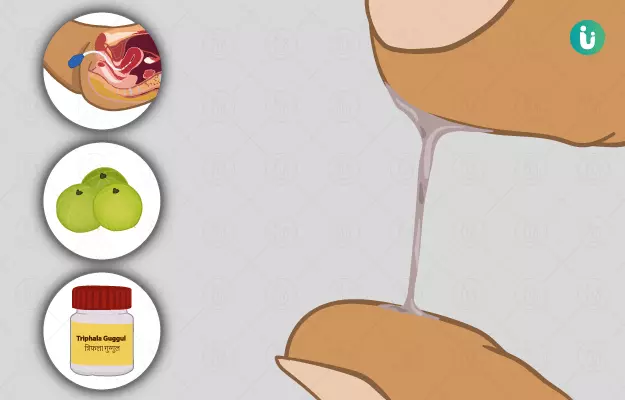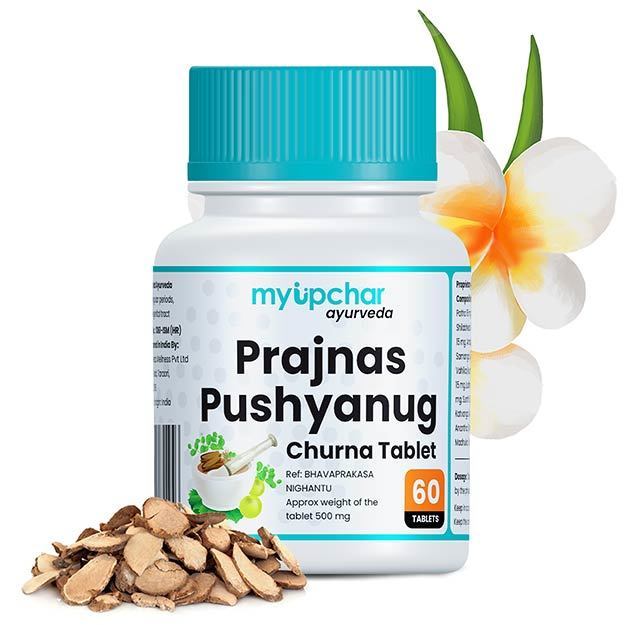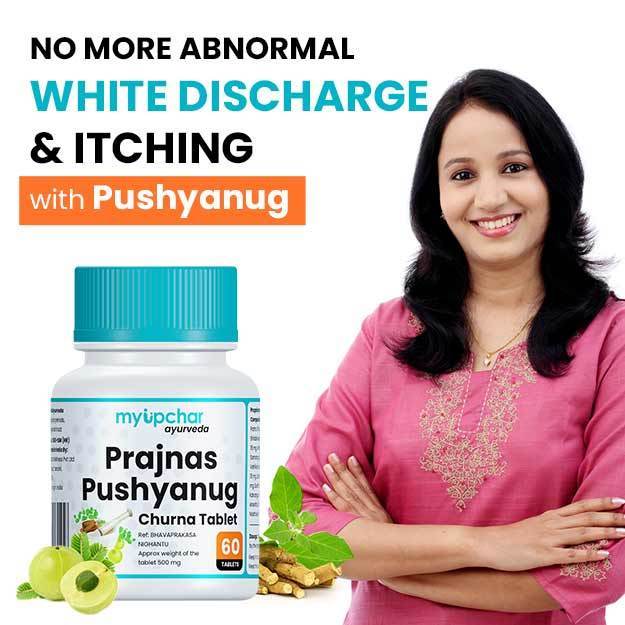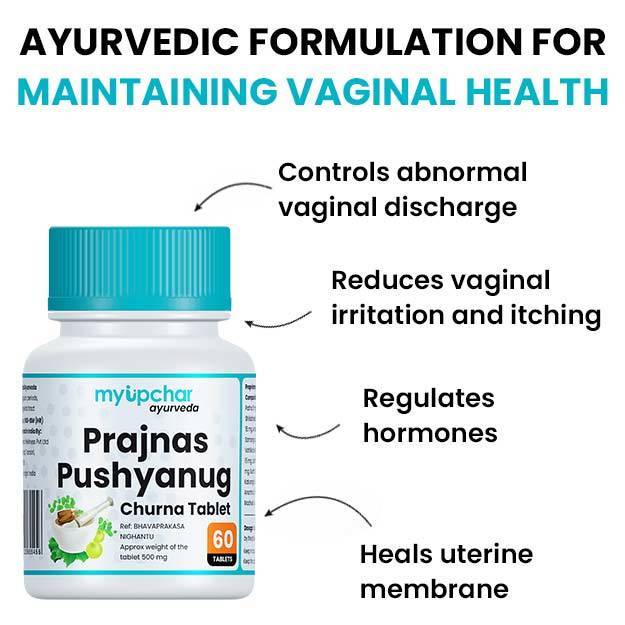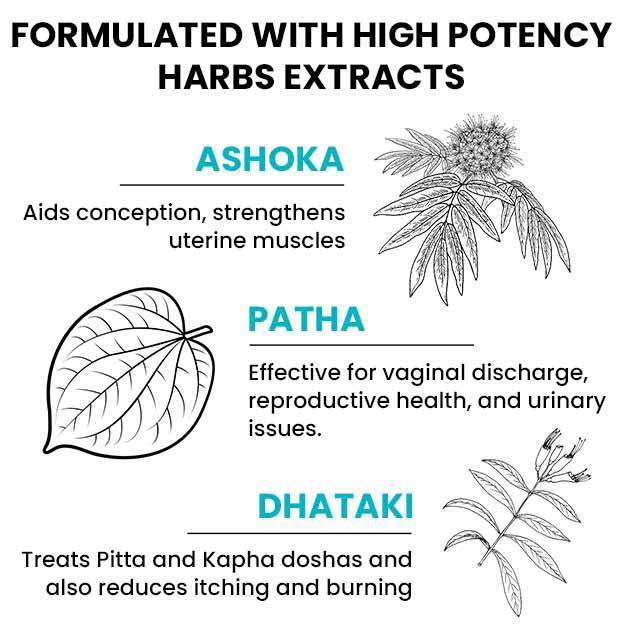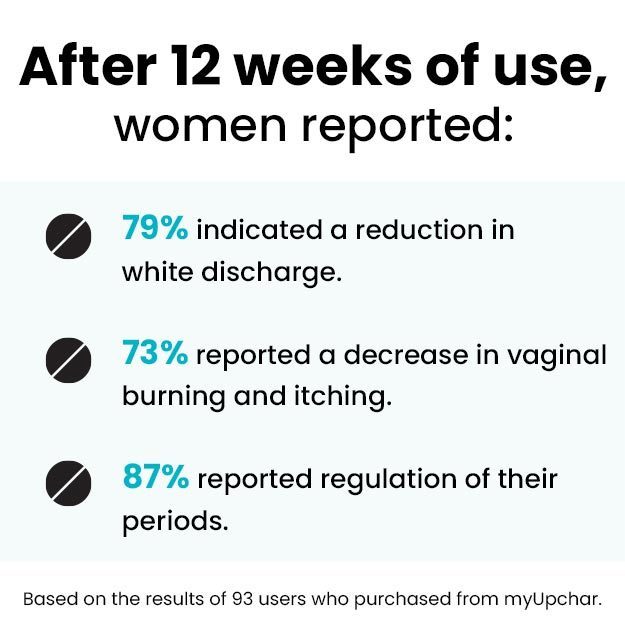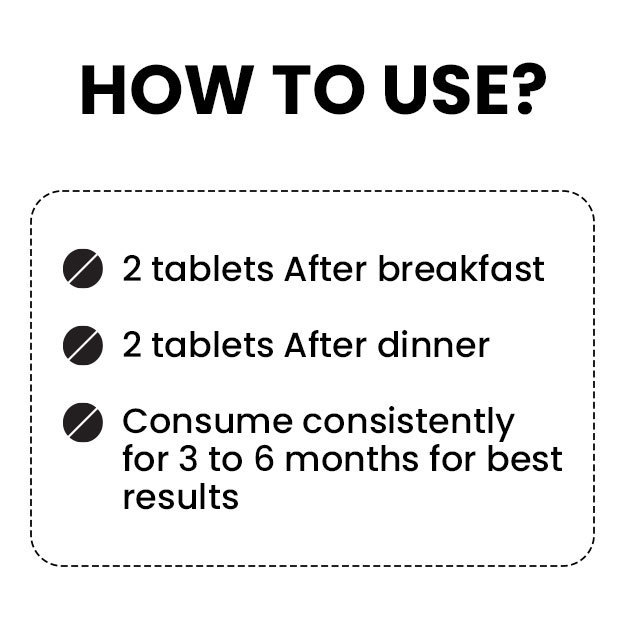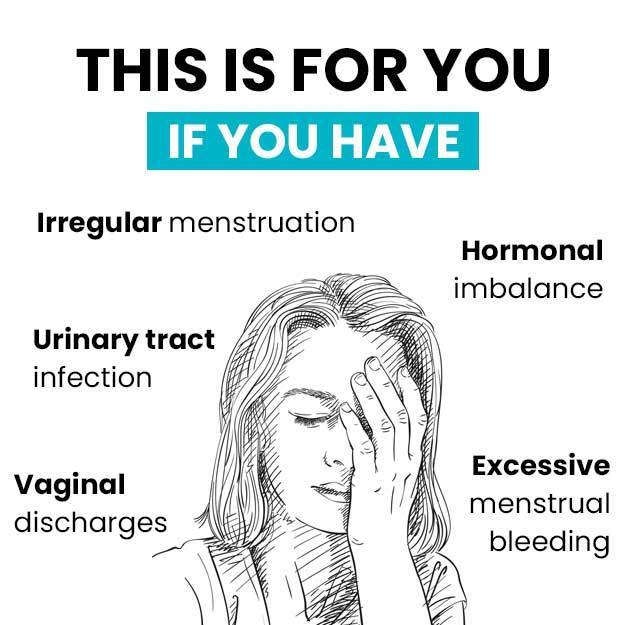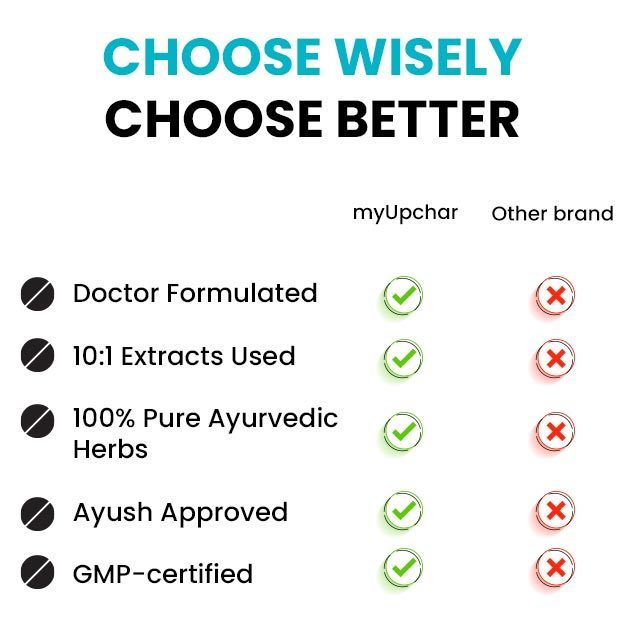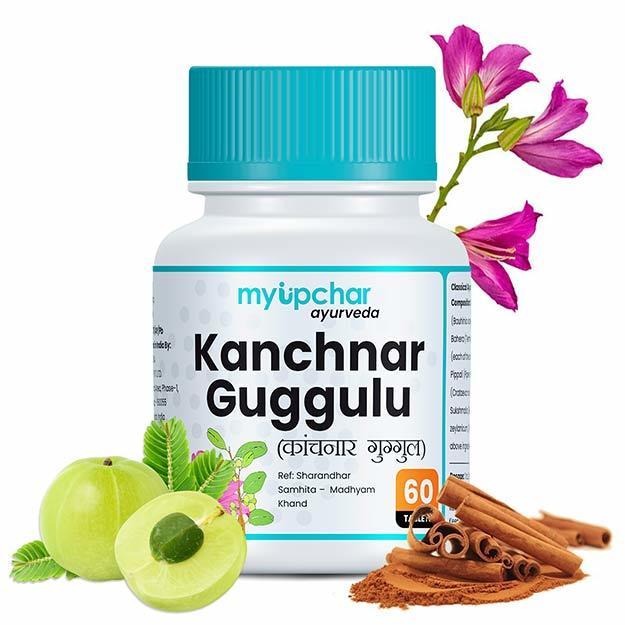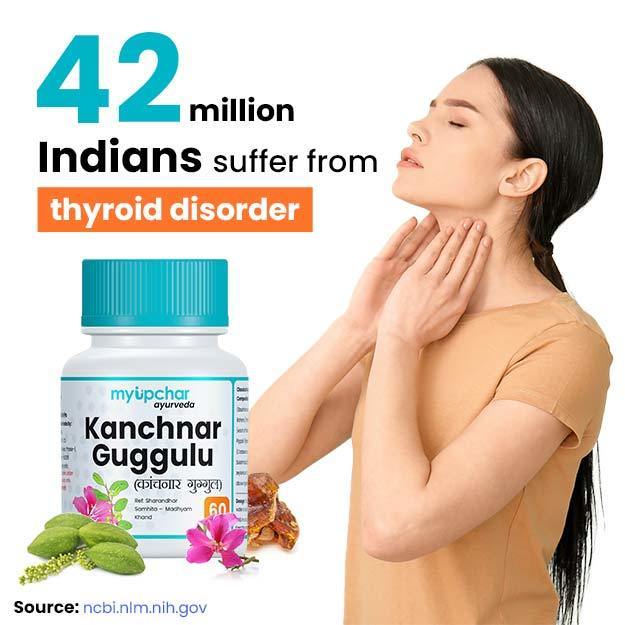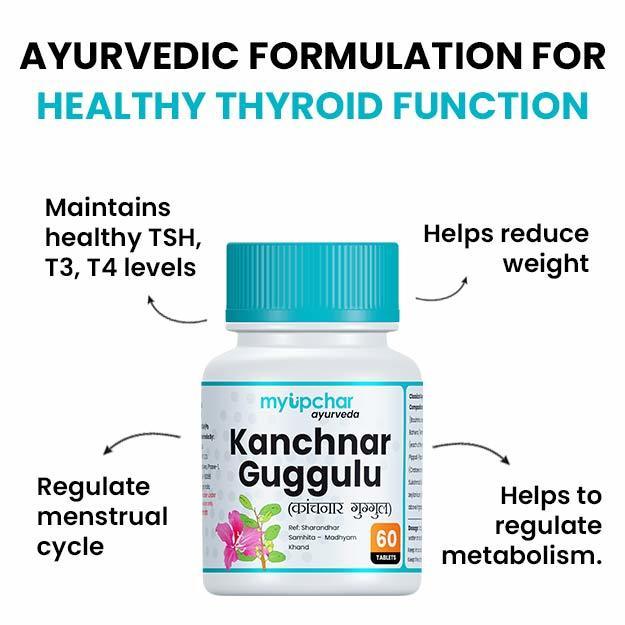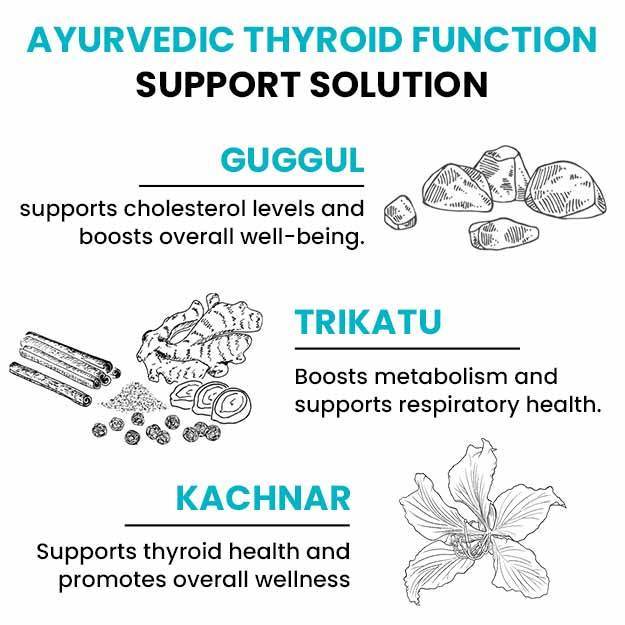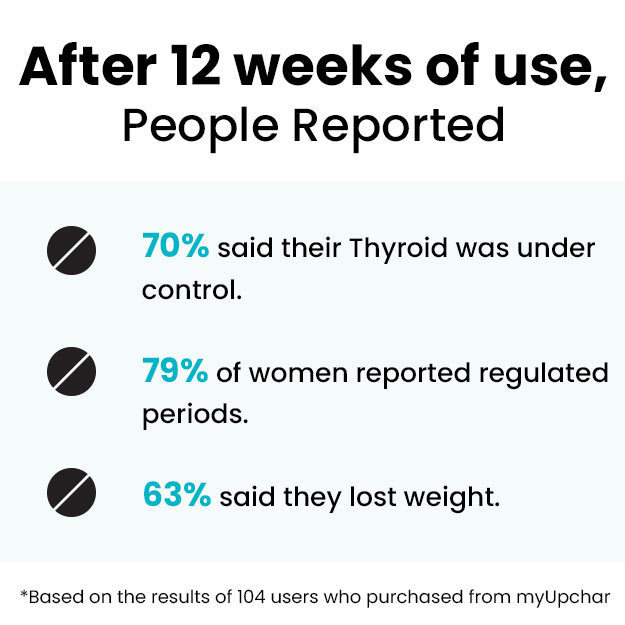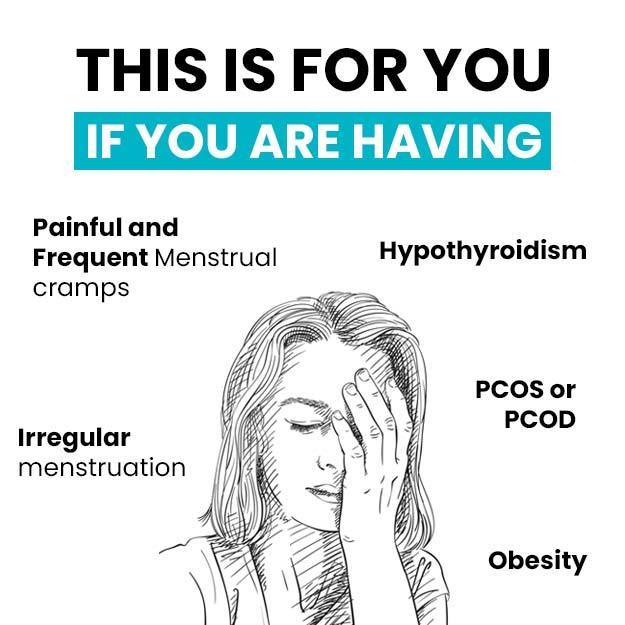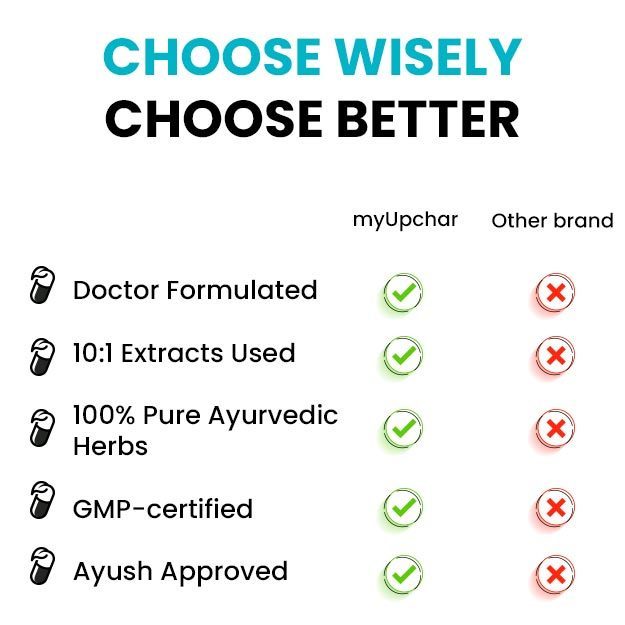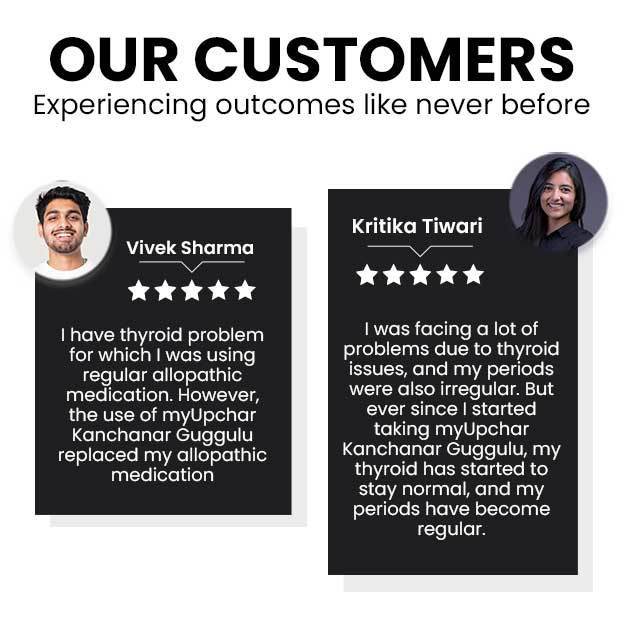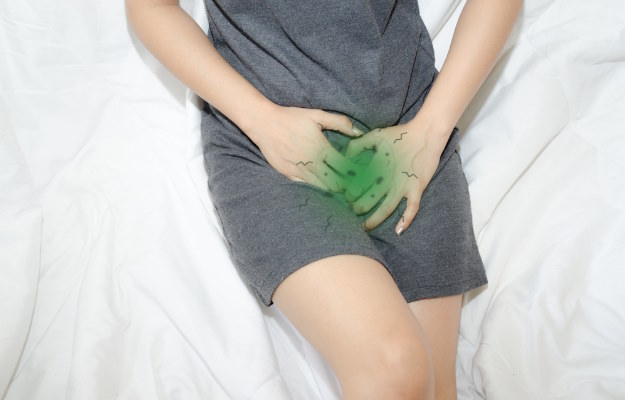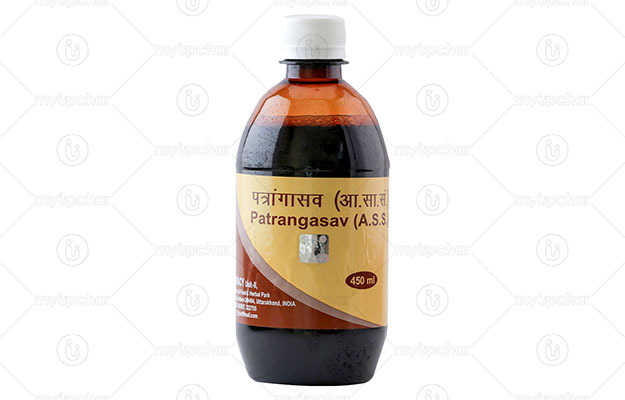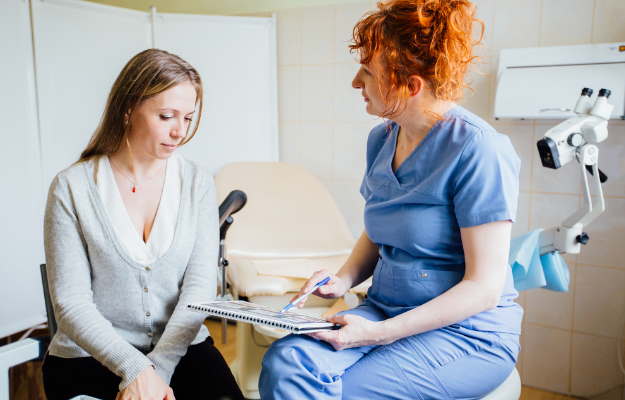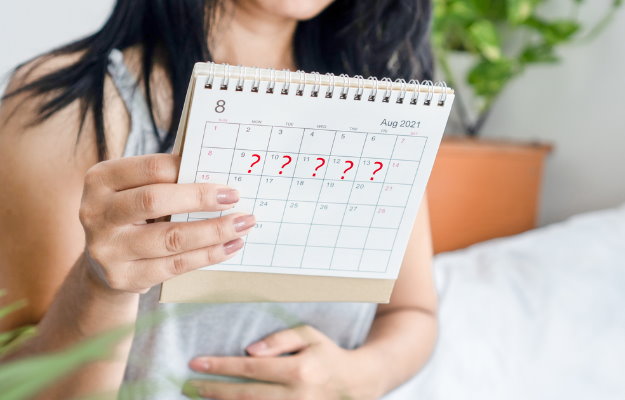Leucorrhoea is a condition primarily characterised by excess vaginal discharge that may or not be associated or caused due to infections or inflammation in the lower genital tract. Women with leucorrhoea experience sexual anxieties, fear of cancer, fear of conceiving, embarrassment and local inconvenience, which mount up to a significant amount of mental stress, though the condition itself is not fatal. Leucorrhoea is not categorised as a disease in Ayurveda so there is no definite Ayurvedic term for it. However, Shwetapradara is a term used to denote excessive or white vaginal discharge, which is characterised as a major symptom linked with multiple gynaecological conditions. The type and consistency of vaginal discharges that occur in women with leucorrhoea are based on the dosha that is vitiated.
Ayurvedic treatment for leucoorhoea comprises of local applications in the form of varti (suppositories), dhupana (incensing), prakshalana (cleansing) and pichu. Agni karma (thermal cauterisation) is also performed on women who have severe leucorrhoea. Herbs like amalaki (Indian gooseberry), chopchini (china root), and lodhra (lodh tree) are used to treat leucorrhoea. Ayurvedic formulations of triphala guggulu, chandraprabha vati and kaishora guggulu are beneficial in improving the condition. Local douches using a kwatha (decoction) and water are also recommended for leucorrhoea treatment. Including freshly cooked and easily digestible foods, maintaining local hygiene and avoiding synthetic undergarments can help prevent the condition and assist in improving symptoms.

